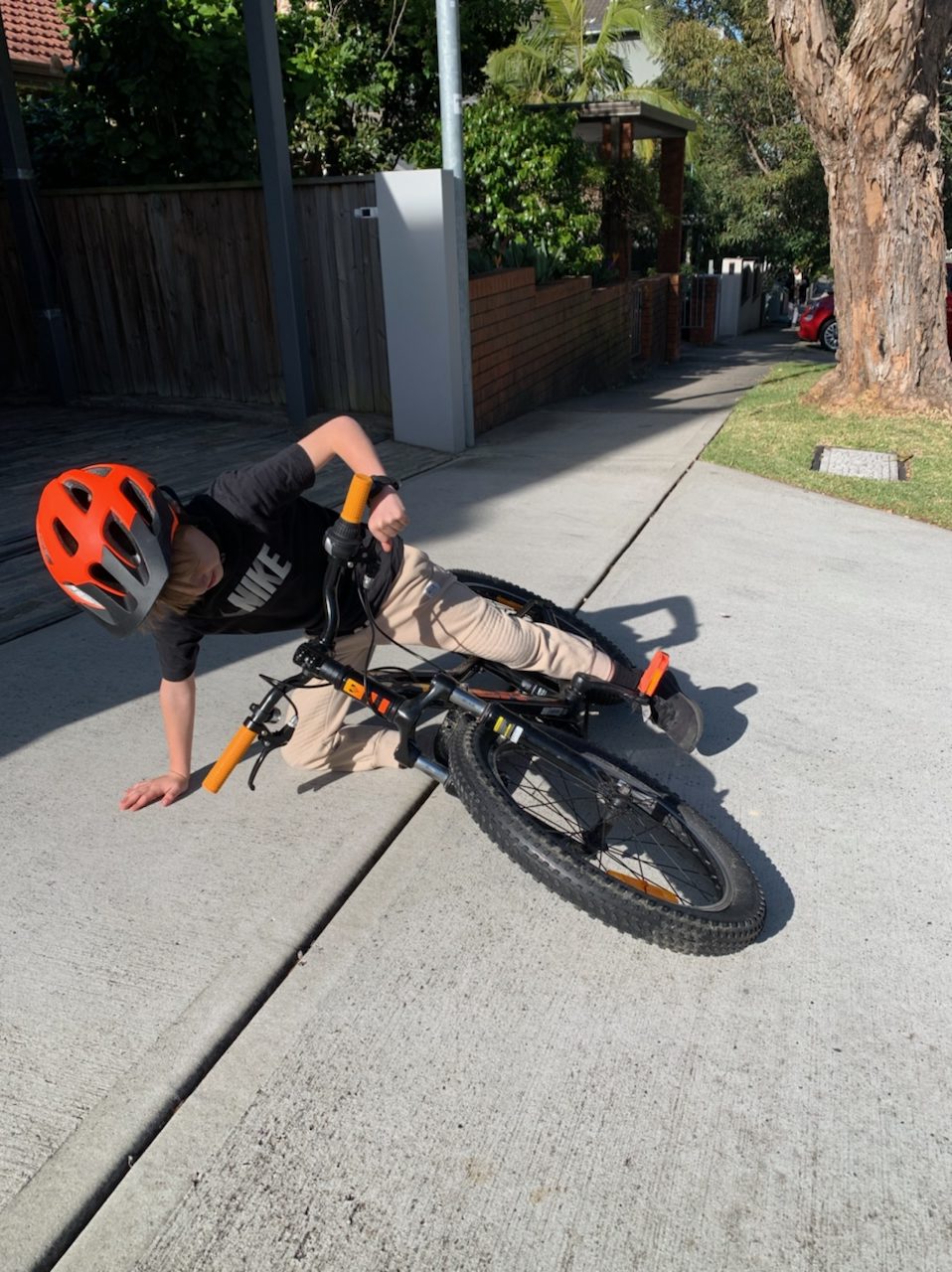The common result after a fall onto an outstretched hand, a distal radius fracture has significant impact on a person’s ability to do basic daily activities as well as return to work and hobbies.
Practitioners of Hand Therapy are regularly involved in the management of distal radius fractures to guide rehabilitation and help a return to function as soon as possible. Therapy goals are usually to control edema and pain, restore range of motion (ROM), and promote the use of the involved extremity for grip and weight bearing activities.
Phases of hand therapy after distal radius fracture
Distal radius fractures are not all the same, and therefore therapy progression can vary from person to person. Some considerations to help in clinical reasoning how to progress therapy with a patient include the success of the fracture reduction, complications and obstacles such as pain and edema. This is a general outline of phases of therapy after distal radius fracture.
| Early protective phase | Mobilization phase | function/strength phase | |
| Time frame | 1-6 weeks depending on fracture fragment stability | Starts immediately after immobilization | Begins when there is proven healing/bone fixation |
| Goals and priorities | Protect fracture Control swelling and pain Avoid pin-site infections | AROM and PROM of digits, elbow, shoulder AROM of wrist; forearm rotation | Increase ROM to within functional limits; Increase strength to within functional limits for activities of daily living |
| Techniques | Casting, Orthosis, surgical fixation/stabilization Elevation, retrograde massage, compression wraps, tendon gliding exercises particularly after ORIF Regular pin-site cleaning (for percutaneous pinning) | AROM of shoulder, elbow, forearm, wrist digits Gentle PROM of forearm, wrist, digits Dynamic orthoses | Isometric progressing to isotonic exercises Resisted exercises with putty or grippers |
| Comments and precautions | Digit ROM should be attained in this phase Signs of CRPS should be monitored and addressed Abnormal paresthesias should be recorded | Avoid excessive ROM if there are indicators of delayed healing or instability Wrist extension with digit flexion is a priority | Excessive overload Irritated tissues Increased pain after exercises |
Based on how the patient progresses in hand therapy, different lengths of immobilization may be used. In comparison to immobilization for 5 to 6 weeks after distal radius fracture repair, immobilization for 1-3 weeks showed improvements in the patients reported outcomes and functional outcomes (Ghaddaf et al., 2021)
There is also a lack of consensus on when to start vigorous wrist ROM after surgery. Sorensen et al., 2021 compared an early AROM group (less than 2 weeks of immobilization) to a late AROM group (over 5 weeks of immobilization).
- The early group had a higher grip power at all follow-up periods, but the difference was only significant at 6-months post-op
- The early group had more favourable ROM in all direction at 6 weeks, but only in supination at 6 months.
- The complication rate was not significantly different between the 2 groups. There was no difference in rates of secondary operation and reduction loss.
Liaison with the treating surgeon is important to help determine how to progress with rehabilitation.
Fracture management technique
There are many different techniques used by surgeons to anatomically reduce and stabilize distal radius fractures. The surgeon who managed and referred the patient should be contacted to discuss specifics of preferred therapy management. The most common techniques used are:
- Closed reduction and cast immobilization
- External fixation with or without percutaneous pinning
- Open reduction and internal fixation
- Volar fixed angle plating
- Dorsal plating
Common complications after a distal radius fracture
| Complication | What to look out for during hand therapy |
| Complex regional pain syndrome | Early signs may be more pain than expected after injury, vasomotor instability, pain and redness in PIP joints, burning sensation in the hand |
| Tendinitis, tenosynovitis | During remobilization may have focal pain at wrist (ulnar sided wrist pain can implicate the ECU tendon) |
| Tendon adhesions and scarring | Active motion lags behind passive motion; examine for scar adherence and observe skin for ‘puckering’ |
| Superficial branch of radial nerve compression | Hyperesthesia from wrist to dorsum of thumb, index and middle fingers (to level of PIPJ) |
| Median nerve compression | Altered sensation in the palmar surfaces of part of the thumb, the index finger, the middle finger, and the lateral half of the ring finger |
| Ulnar nerve compression | Paresthesia in ulnar distribution of hand and/or ulnar innervated intrinsic weakness and atrophy |
| Distal radioulnar joint problems | Failure to gain forearm rotation can indicate DRUJ incongruity; note pain during forearm rotation |
| Ruptured EPL/FPL tendon | Loss of active extension or flexion at interphalangeal joint. Symptoms of weakening of thumb extension or flexion can indicate impending rupture. |
It is important to be aware of the different complications to look out for during hand therapy sessions, so that when they do happen we can manage them effectively.
Complex regional pain syndrome (CRPS) is relatively a common condition in the distal radius fracture population with the effects resulting in many sufferers experiencing persistent pain and impairment 2 to 6 years after onset. Prevention is desirable as there is no known proven cure. In a study (Cowell et al, 2018) the incidence of CRPS was reduced from 25% to 1% in the distal radius fracture population at the study site through a series of practice changes including:
- Introducing a patient information leaflet
- A local gold standard for care of distal radius fractures
- Education for staff regarding risk factors and early warning signs of CRPS
Some interesting resources on hand therapy management of distal radius fractures
Journal article:
- Complications in the management of distal radius fractures: how do we avoid them? (Seigerman et al., 2019)
Spotify podcast:
- Trauma – distal radius fractures (the orthobullets podcast)
Youtube:
What to expect after distal radius/wrist fractures – YouTube
References:
Rehabilitation of the hand and upper extremity 6th edition, Chapter 69, Distal radius fractures: classification and management (Robert J. Medoff)
Comparison of immobilization periods following open reduction and internal fixation of distal radius fracture: a systematic review and meta- analysis (Ghaddaf et al., (2021)
Is early mobilization after volar locking plate fixation in distal radius fractures really beneficial? A meta-analysis of prespective randomized studies (Sorensen et al., 2021)
Complex regional pain syndrome in distal radius fractures: how to implement changes to reduce incidence and facilitate early management (Cowell et al., 2018)




